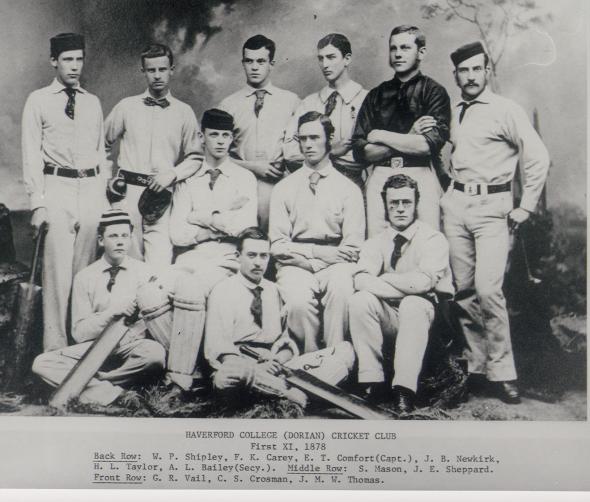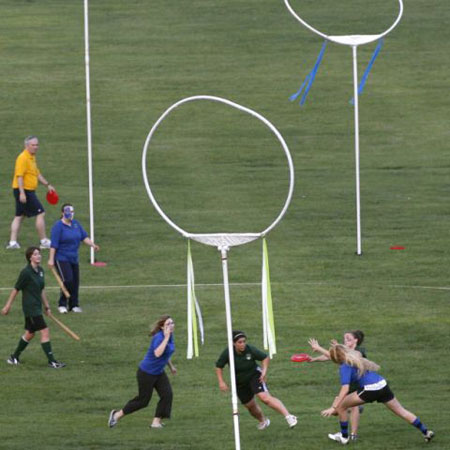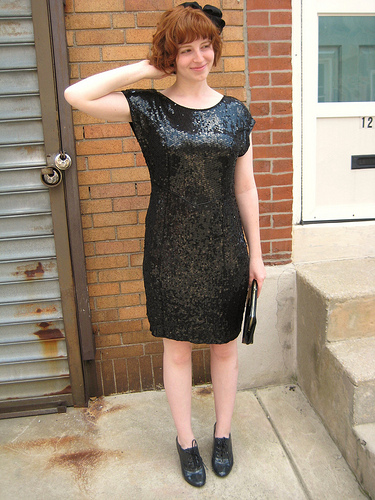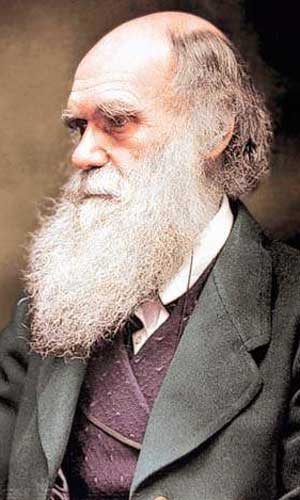A new exhibit offers a visual challenge
By Mara Miller
When you walk into the gallery, the first thing you notice is a loud grinding noise, like gears or heavy cogs. The room is dark, but a rotating projector flashes alternating images at four large screens. On one, a child’s birthday party, then more scenes from everyday life. On another, animated lines of text. Turn around, and you see what that sound is-no gears, but an image of a giant manual stamp, like they use at a library checkout, angrily punching out dates.
This sound and video installation, called Guarded, is the first in John Muse and Jeanne C. Finley’s three-part exhibition Imaginative Feats Literally Presented: Three Fables for Video Projection, which opened Friday at Haverford’s Cantor Fitzgerald Gallery. Muse, now an Associate Professor of Fine Arts,was Haverford’s Mellon Postdoctoral Fellow last year. Finley has collaborated with Muse since 1988.
The pieces have each been shown at festivals and galleries across the country since 2003, but this marks the first time they’ve been assembled together.
The new exhibition has already generated chatter around campus for its portrayal of the ways in which Americans participate in and deal with the war on terror and our presence in Iraq through picture, sound, and text. Haverford, with its politically engaged population and pacifist Quaker roots, proves a rich launching point for Muse and Finley’s work.
Stunning…and confusing
At the gallery’s opening, the room and surrounding halls overflowed with people eager to see what the much anticipated exhibit, advertised mysteriously with camouflage-themed posters, was all about. On the next day, about 30 curious viewers returned for a more intimate talk with the artists, moderated by Andrew Suggs, Executive Director of Philadelphia’s Vox Populi art gallery.
This was a valuable chance to make some sense of the stunning, but undoubtedly confusing, set of images and sounds on display.
The text from Guarded was culled from Red Cross pamphlets discussing what citizens should do in a disaster. Muse explained that one of the driving themes of the piece was political manipulation in times of vulnerability. “We look at how people’s ability to be caring can be exploited for political purposes,” he said.
He also pointed out the simple scenes being projected intermittently, like people going to work or getting married, and their relationship to the dates and words. He said, “It’s about the very idea that a calendar can make intelligible the things we’re sensitive to.” Continue reading →






